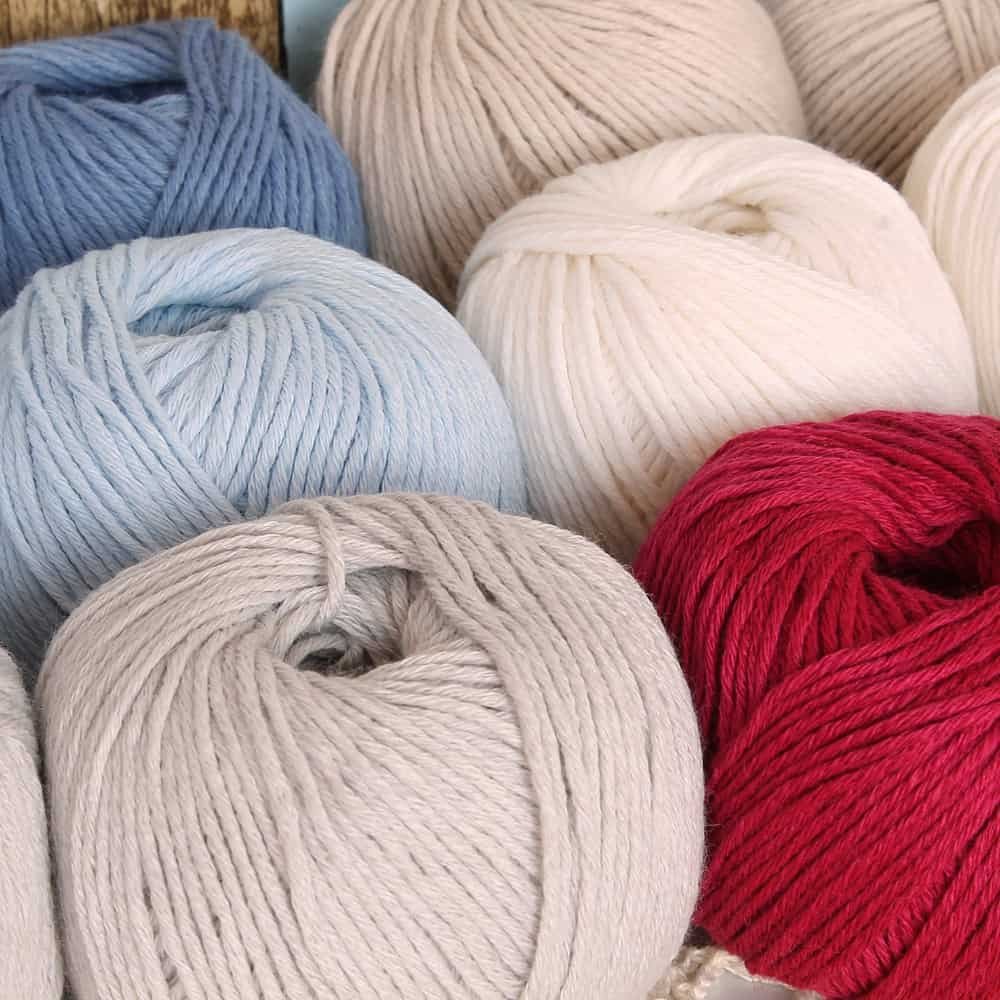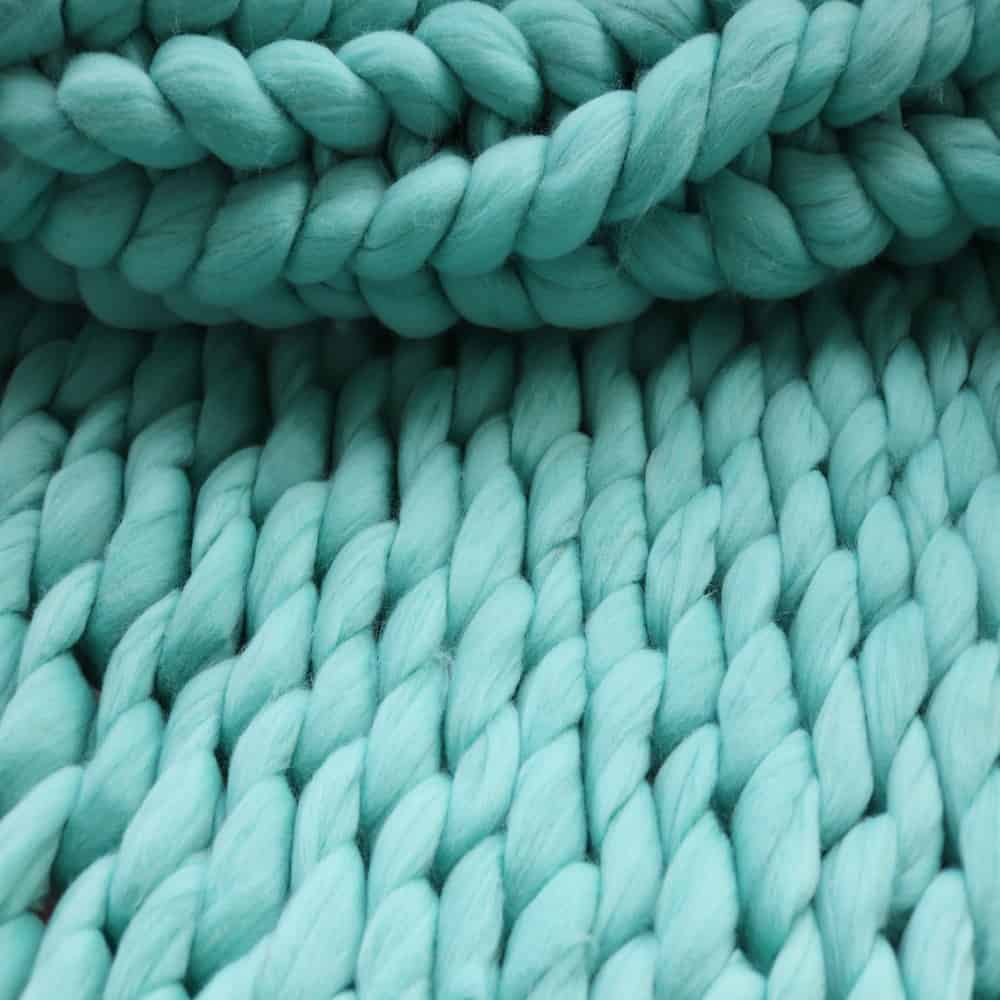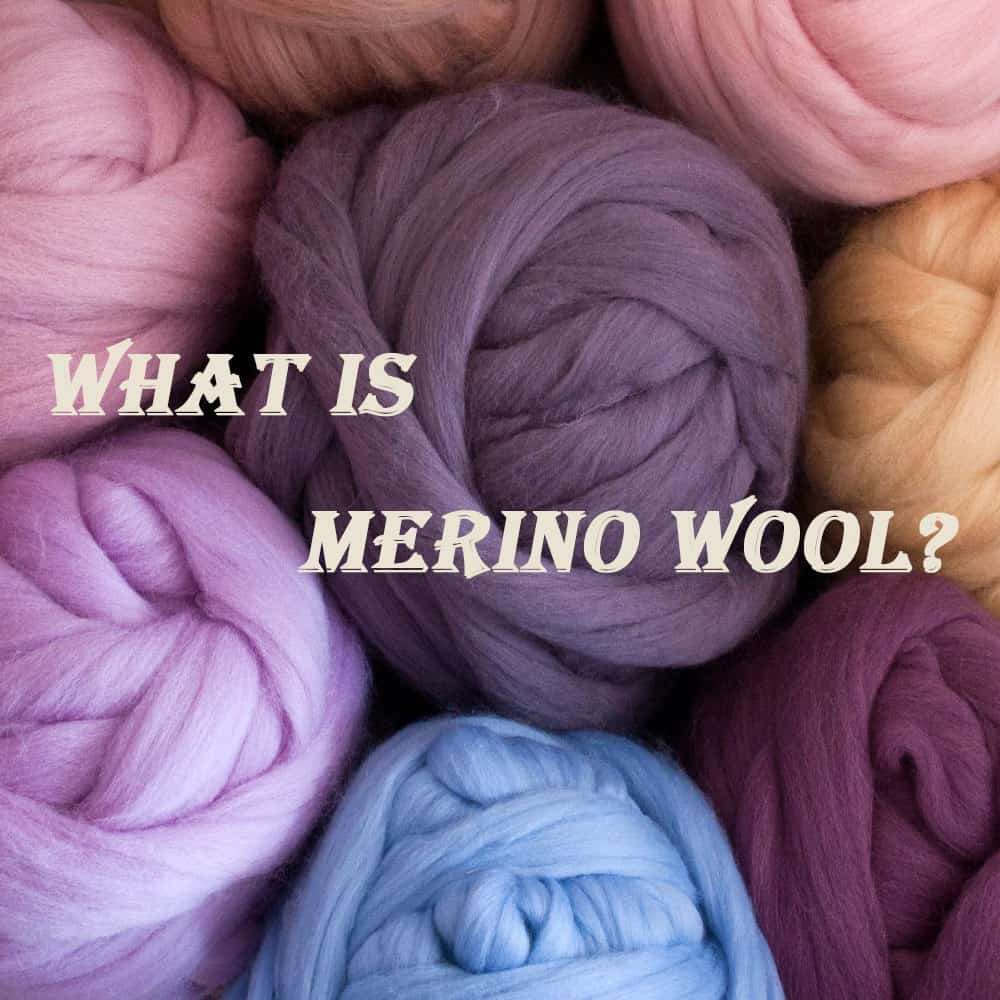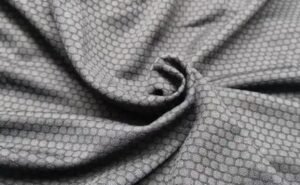
What is merino wool fabric?
Merino wool is a type of wool fabric that is made from the fleece of Merino sheep. Merino sheep are a breed of sheep that are prized for their fine and soft wool fibers, which make for high-quality and luxurious fabrics.
Merino wool is known for its excellent natural properties, including its softness, breathability, moisture-wicking ability, and odor-resistance. These properties make it an ideal fabric for a variety of clothing, from activewear to winter wear.
Merino wool is often used to make base layers, socks, sweaters, and other clothing items that require warmth, comfort, and moisture management. It is also a popular choice for outdoor and athletic apparel because of its ability to regulate body temperature and keep the wearer comfortable in a variety of weather conditions.
In addition to its functional properties, merino wool is also a popular choice for its sustainability. Merino sheep are shorn once a year, and their wool grows back naturally, making it a renewable resource. Merino wool is also biodegradable, which means it can be composted at the end of its useful life, making it an environmentally friendly choice.

How is merino wool made into fabric?
The process of making Merino wool into fabric involves several steps, which can vary depending on the specific type of fabric being produced. Here is a general overview of the process:
- Shearing: The wool is first sheared from the Merino sheep. This is typically done once a year in the spring, when the sheep have grown a new coat.
- Cleaning: The raw wool is then cleaned to remove dirt, grease, and other impurities. This process is called scouring, and it typically involves soaking the wool in hot water with detergent.
- Carding: The cleaned wool is then carded to separate and align the individual fibers. This process involves running the wool through a series of brushes or combs.
- Spinning: The carded wool is spun into yarn using a spinning wheel or other machinery. The thickness and twist of the yarn can be adjusted to create different types of fabric.
- Weaving or Knitting: The yarn is then woven or knitted into fabric. In weaving, the yarn is interlaced at right angles to create a flat, sturdy fabric. In knitting, the yarn is looped together to create a stretchy, flexible fabric.
- Finishing: The finished fabric may then go through a series of finishing processes to improve its appearance or performance. For example, it may be treated with chemicals to make it softer or more water-resistant.
Once the fabric is complete, it can be cut and sewn into various types of garments or other products. Merino wool fabric is known for its softness, warmth, and moisture-wicking properties, which make it a popular choice for clothing and outdoor gear.

What are the disadvantages and advantages of merino wool?
Merino wool is a high-quality, fine wool that comes from Merino sheep. It is popular in the textile industry because it is soft, warm, and has a number of other benefits. Here are some advantages and disadvantages of Merino wool:
Advantages:
- Softness and Comfort: Merino wool is known for being soft and comfortable against the skin. It is gentle to wear, even for people with sensitive skin.
- Warmth: Merino wool is excellent at insulating the body and keeping you warm. It is particularly useful in cold weather, as it can trap heat and keep you comfortable.
- Moisture Wicking: Merino wool is excellent at wicking moisture away from the body, which means that it can help keep you dry even when you sweat.
- Odor Resistant: Merino wool is naturally odor-resistant. This means that it can help reduce the growth of bacteria and keep you smelling fresh, even after a long day of wearing it.
- Breathability: Merino wool is breathable, which means that it allows air to circulate around the body. This can help regulate body temperature and keep you comfortable in a range of conditions.
Disadvantages:
- Cost: Merino wool is generally more expensive than other types of wool or synthetic fabrics. This is because the wool is produced in smaller quantities and is of a higher quality.
- Durability: While Merino wool is soft and comfortable, it is not as durable as some other fabrics. It can wear out more quickly if it is not cared for properly.
- Care: Merino wool requires special care to maintain its quality. It cannot be washed in hot water, and it must be dried flat to avoid stretching or shrinking.
- Pilling: Some Merino wool garments may pill over time, particularly in areas of high friction.
Overall, Merino wool has a number of benefits that make it an excellent choice for clothing, but it may not be the best option for everyone. Its advantages may outweigh the disadvantages for those who prioritize comfort, warmth, and breathability.

Which is better, cashmere, merino or cotton?
The answer to this question depends on the intended use and personal preferences of the individual.
Cashmere is a luxurious and soft wool fiber that comes from the undercoat of cashmere goats. It is highly prized for its warmth, softness, and lightweight feel. Cashmere is also more expensive than other materials due to the limited supply of the wool and the extensive process required to produce it. Cashmere is an excellent choice for high-end sweaters, scarves, and other cold weather garments.
Merino wool is a type of wool fiber that comes from Merino sheep. It is soft, lightweight, and naturally moisture-wicking, making it an excellent choice for outdoor activities or exercise. Merino wool is also hypoallergenic and can be worn by people with sensitive skin. It is often used in activewear, such as base layers, socks, and hats.
Cotton is a natural plant fiber that is widely used in clothing and textiles. It is lightweight, breathable, and easy to care for. Cotton is also affordable and widely available. It is an excellent choice for casual wear, such as t-shirts, dresses, and jeans.
In summary, cashmere is best for high-end cold weather garments, merino wool is ideal for activewear or outdoor activities, and cotton is excellent for everyday casual wear.







